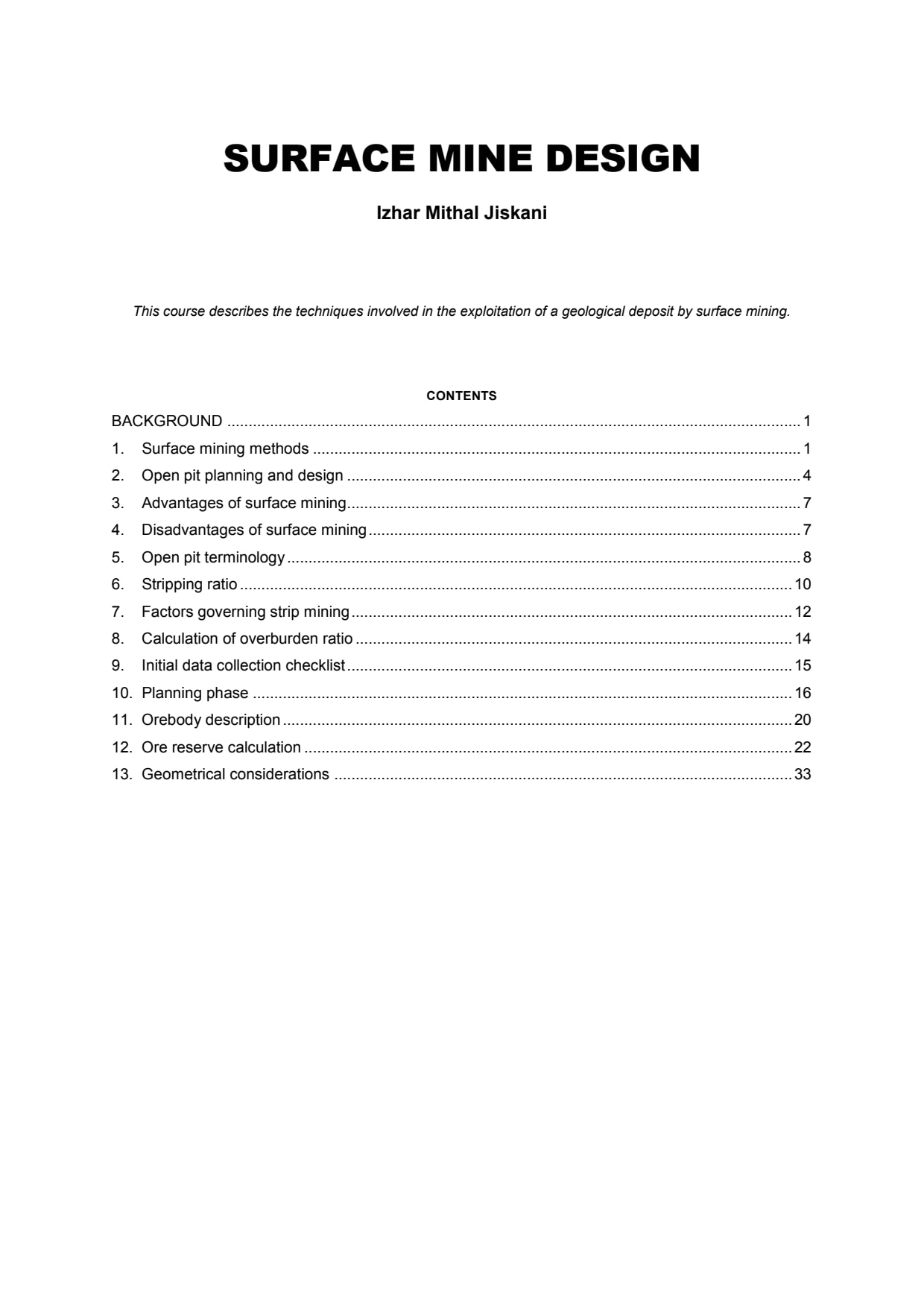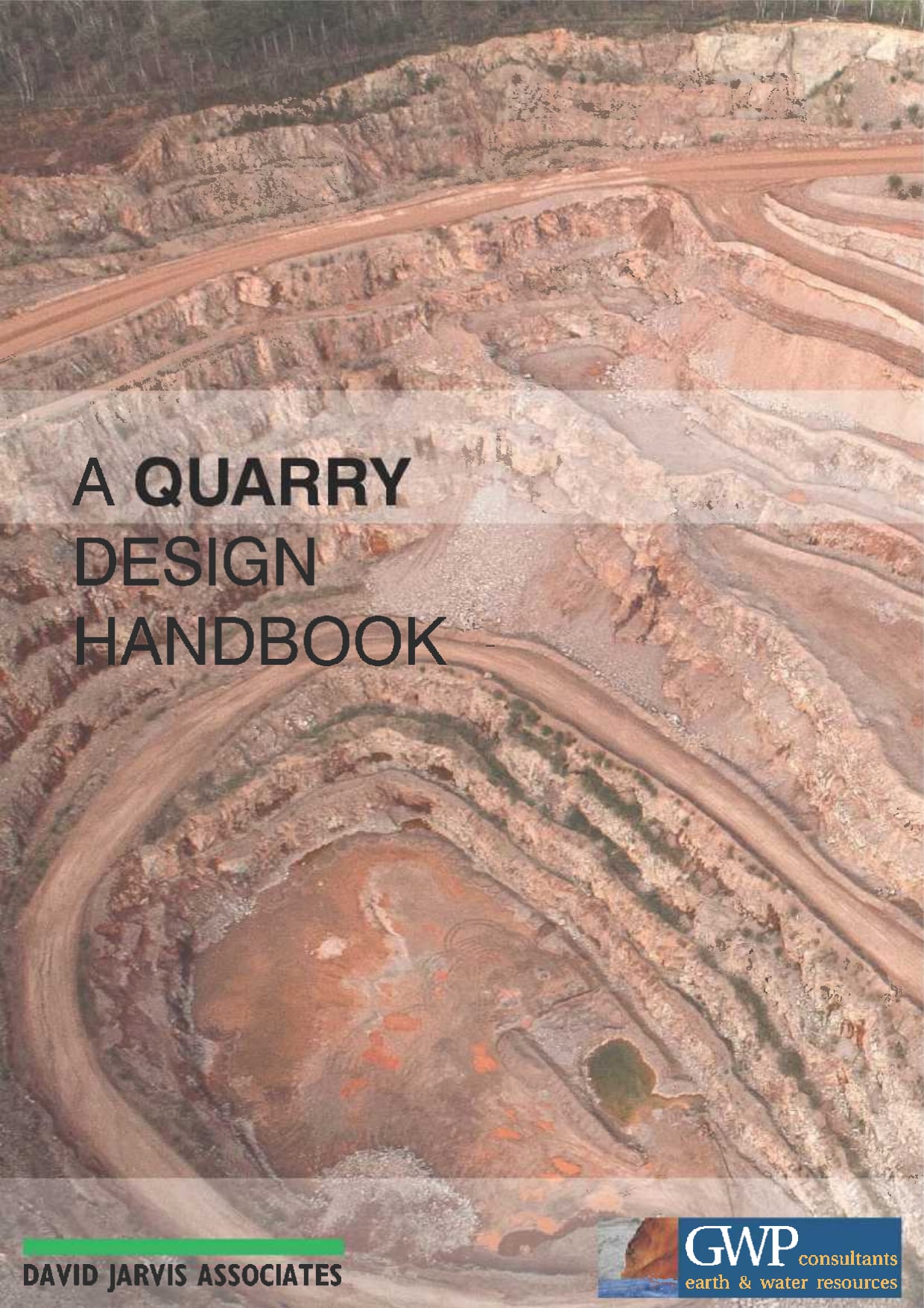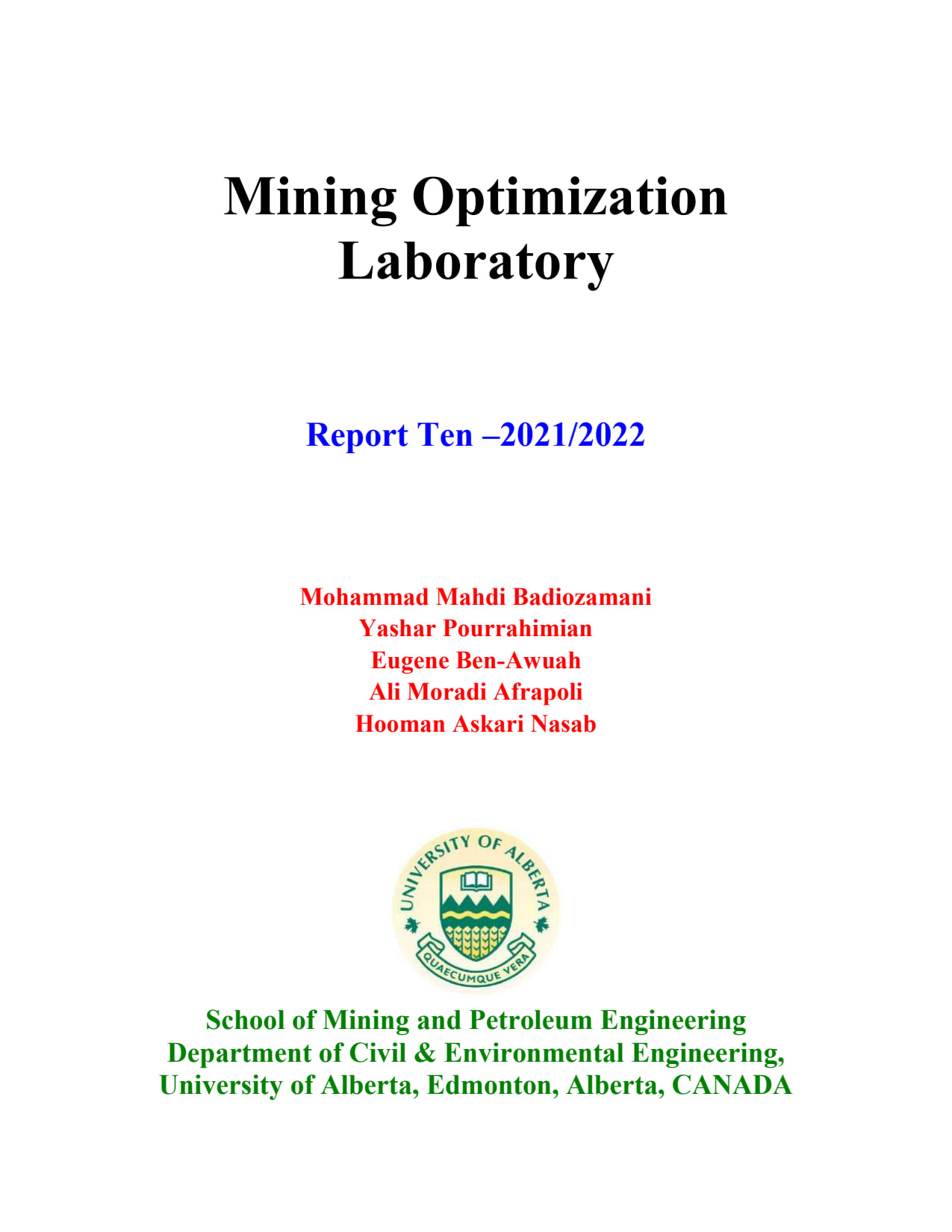- Z-POSTS (7)
- Z-NOTES
- Z-EVENTS
- DESCRIPTION
- Item 1
14 Optimization and design
Add Z-POSTZ-POSTS is a public space. The content written here will be visible to the ZVENIA community.
ZVENIA Mining .07/02/2024Whittle Integrated Strategic Planning is a concept of long-term planning for the mining industry which considers:
* All parts of the value chain – from the mineral resource to the market.
* All periods – a decision of what to mine and process in one period affects the options for the other periods.
* All stakeholders – shareholders are interested in financial returns in the form of cash flow and capital growth. However, the interests of employees, local communities, the government and the environment must be considered to earn an enduring licence to operate.A decision made at any point in the system potentially affects the optimal decision for other parts of the system. The key is to optimise all decisions simultaneously. This calls for cross-functional collaboration across all parts of the organisation – rather than a traditional silo approach (i.e. geology, mining, processing, logistics, marketing/commercial, finance and HR). This requires the application of the Whittle Integrated Strategic Planning philosophy and methodologies, combined with sophisticated optimisation technology. Only Whittle Consulting has this unique combination.
https://www.youtube.com/@whittleconsulting6908ZVENIA Mining .18/01/2024✳ The floating cone technique is used to determine the final pit limit, generating the optimal pit in which revenue is maximized and defining the mining sequence within the pit. 👷♂️
To define the cone, you must have the average ore grade values, the stripping ratio and cost and income parameters per block. The block model is converted into an economic model, examining the net values of the blocks within the cone, the final pit limit can be determined.
✏ The steps to define the cone in a section (2D) are as follows, considering a slope angle of 45°:
1️⃣ The cone is moved from left to right along the first row of blocks in the section, if there are positive blocks they are removed, since there is a revenue because there isn´t material over of them.
2️⃣ The vertex of the cone is moved to the second line, it is moved from left to right stopping at the first positive block, if the sum of all the blocks is positive, the blocks are removed, if the sum is negative the cone is discarded and move the vertex to the next positive block in that row and repeat the process.
3️⃣ This process is repeated from left to right and top to bottom throughout the section’s block array until there are no more blocks that can be removed.
4️⃣ The profitability of the section is found by adding the values of the blocks removed.
5️⃣ The overall stripping ratio is determined from the positive and negative values of the blocks.The image shows a simple example of an optimal final pit, but work has been done to improve the procedures and have procedures such as the Lerchs and Grossmann algorithm or the Pseudo flow that will be seen in future posts 🗓 . An optimal final pit is defined with the following conditions:
✅ Maximum profit.💰
✅ Maximum net present value.💲
✅ Maximum extraction. ⛏The floating cone was one of the first techniques to define an optimal pit, however it has been shown that if blocks are investigated individually,🚨 a single block of ore may not justify extraction of the material above it 🚨, while combinations of the cones prove to be profitable, which leads to errors in the profitability of extracting the ore.⚒
📝 Hustrulid W., Kuchta M., Martin R., Open pit mine planning and design, CRC Press.
Credits to Alfonso Lozada Pérez Blessing Taiwo03/11/2023
Blessing Taiwo03/11/2023Three New things to know and to understand about WipFrag 4
Be informed that #WipWare offers advanced software and hardware solutions for the mining and aggregate industries. Their products include WipFrag for particle size analysis, Photoanalysis systems, and fragmentation analysis software.
In this article, I will provide a brief information about the latest version of WipFrag software. This article will help both old Users and new users of the software and be a tool to enhancing their relationship with the software. In addition, it will aid the interest of Mining companies, who seek way out from poor blasting and capital inefficient excavation and downstream process.WipFrag 4 is the latest version of Wipware image analysis software with updated technology incorporation.
Despite the great accuracy of the previous versions, the need to improve the software performance and reduce analysis error becomes important as mining activities demand.
The latest version is know for it’s unique Features like Auto scaling, Deep learning Edge detection (DLED), and the Heat map.
Auto scaling
The need to include magnification/scaling factor in order to bring the real life particle size to image estimation process is vital, and crucial as far as image analysis is concern.
Previous versions accept Manual scaling process through the use of known scaling object and direct dragging of scale toggle through the object on the software interface.
This process have limitation such as under scaling or over scaling due to human error.
WipFrag version 4 eliminate this bottleneck through auto scaling.
User perform both scaling and image capturing simultaneously on site.Deep learning Edge detection (DLED)
Furthermore, the delineation process involve manual tracing of blast particle edge in previous versions. To improve the software analysis time and avoid human error through particle disintegration, and multiple Fragment Fusion, #WipFrag 4 consider the advantage of Artificial intelligence algorithm (Deep learning adoption). Users of WipFrag can now carry out particle edge detection automatically with less or no editing through the help of DLED Features.Heat Map
Finally, Heapmap is a commemorative Features that help Users to access the efficiency of the DLED and also give a quick evaluation of particle size distribution.The practical explanation of How to implement and enjoy this new features had been described in detail on YouTube video.
The link to the video is attached below, kindly watch, like, share and commentshttps://lnkd.in/e6jkYKUk
ZVENIA Mining .02/10/2023The method of mining is unique for each different size and each shape of the orebody.
Mineral deposits differ in the shape and orientation of an orebody, the strength of the ore and surrounding rock, and the type of mineral distribution. These geological features influence the selection of a mining method and the plan for the ore development. Operating mines vary in size from small underground mines (with production under 100 tonnes of mineral a day) to large open pits excavating tens of thousands of tonnes of ore a day (Whyte and Cumming, 2007). Open pit mining is applied to the extraction of near-surface deposits.
Source: Izhar Mithal Jiskani
 ZVENIA Mining .21/09/2023
ZVENIA Mining .21/09/2023The handbook sets out to provide a source of reference and guidance to those involved in designing and operating quarries. In particular, it should assist them in preparing good quality mineral planning applications and quarry designs that, when implemented, will be fully compliant with environmental laws and all relevant safety and operational regulations.
Source: David Jarvis Associates.
GWP consultant earth & water resources
- Item 2
14 Optimization and design
Add Z-NOTEZ-NOTES is a private space. The content written here will be visible only to you.
- Item 2
14 Optimization and design
Add Z-EVENTZ-EVENTS is a public space. Events posted here will be visible to the ZVENIA community.
- Item 2
14 Optimization and design
In this module you will have access to the following topics (not exhaustive) :
– Optimization of “pits
– Routes
– Landfills
– Ore piles
– Open sky design
– Subway design
– 3D design,
– Stochastic optimization




